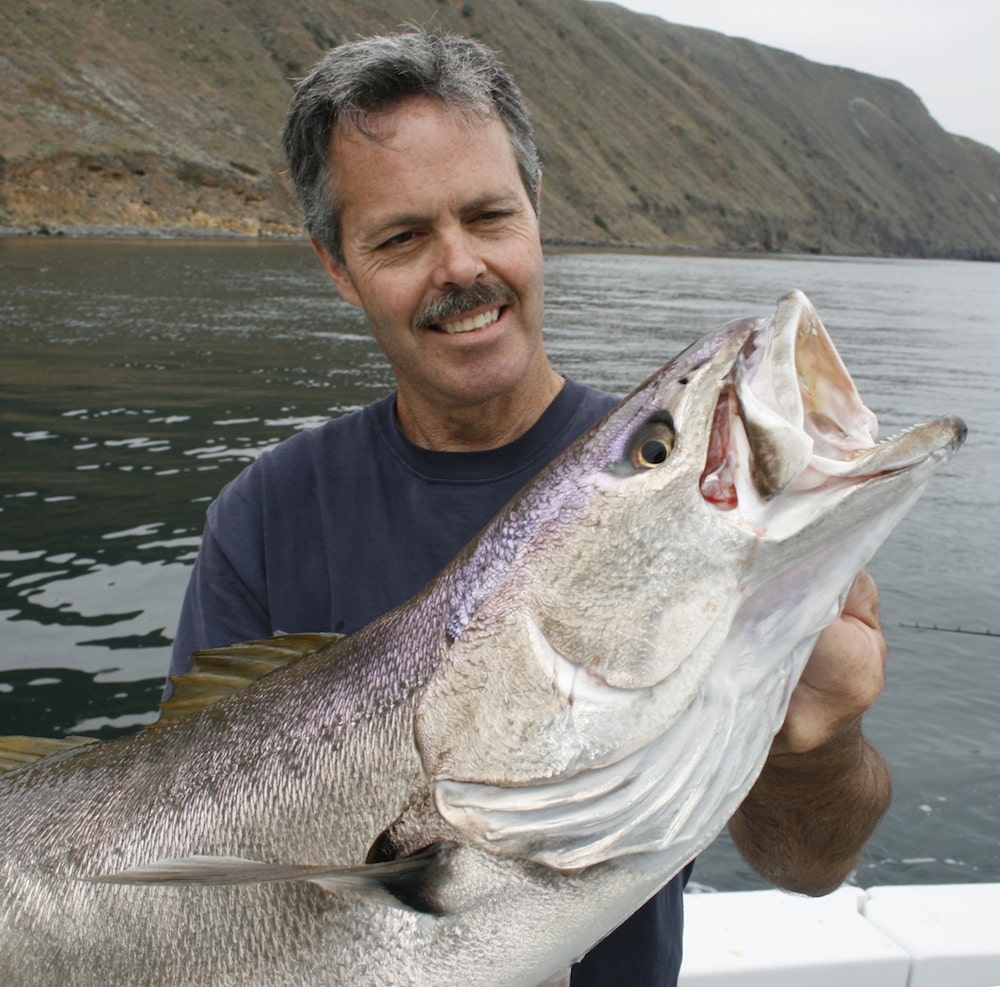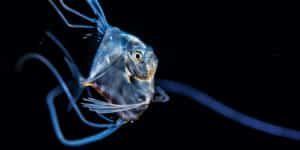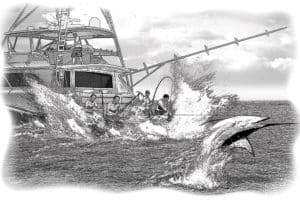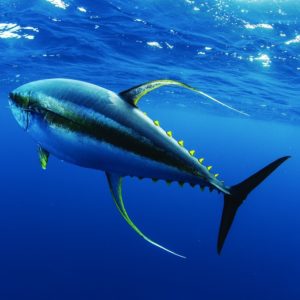
Two-millionth White Sea Bass Released
The Hubbs-SeaWorld Research Institute’s hatchery program in Carlsbad, California, announced this week the release of its two-millionth white sea bass into the wild. The fish was among a tankful of juveniles released amid great fanfare from a passenger sport-fishing boat into San Diego’s Mission Bay.
I applaud the work of Hubbs-SeaWorld. I’ve been to the facility on two occasions and witnessed the great work of these scientists in helping replenish white sea bass stocks in Southern California, once nearly decimated by rampant inshore gill-netting by commercial fishermen. I have also enjoyed phenomenal fishing for white sea bass off the Southern California coast over the past decade, and certainly the Hubbs-SeaWorld Institute must be recognized for rebuidling this incredible fishery.
More specifically, I applaud visionary the founders of Hubbs-SeaWorld – the late Milton Shedd (who was an avid angler) and Carl Hubbs. Today, my friend and fellow angler, Bill Shedd, son of Milton and the head of Aftco, serves as chairman of the board of directors for Hubbs-SeaWorld. His active involvement offers a unique continuity and historic perspective to the legacy of the institute and the core values of its founders.
Yet, as I read and hear of all the great accomplishments of Hubbs-SeaWorld in the mainstream media, one thing sticks in my craw: Rarely is anything mentioned about the contributions that recreational fishermen have made to this incredible program. I’m not sure why anglers are consistently snubbed amid the plethora of media coverage, as angler support and contributions to the hatchery program have been and continue to be substantial.
For one, all anglers who buy an annual license to fish in Southern California marine waters pay for an Ocean Enhancement Stamp, part of which goes to support the hatchery program. In 2013, that stamp cost $5.14, and with millions of saltwater anglers in the southern part of the state, the funds are far from inconsequential. In fact, they represent the majority of the funding for the hatchery program.
Many might say that this really doesn’t deserve recognition, because anglers are required to pay for the stamp. However, it was anglers who proposed the stamp as part of Proposition 132, which was approved by California voters and became a state constitutional amendment, largely banning inshore gill nets off Southern California beginning in the early 1990s. That in itself lent a huge boost to white sea bass stocks in these waters, and the stamp continues to help build stocks through the hatchery program. Rarely, if ever, have I heard mention of this financial support in the media coverage of the hatchery program.
Secondly, members of angling clubs have for decades volunteered their time to tend grow-out pens in harbors and bays along the Southern California coast. Young white sea bass are transferred from the hatchery to these pens to give the young fish a chance to grow to decent size before release into the ocean. Anglers contribute 20,000 volunteer hours annually. Without this valuable support, the hatchery would not be nearly as successful as it is today, and yet these anglers and fishing clubs are rarely recognized for their contributions.
Thirdly, anglers assist with the capture and replenishment the hatchery’s brood stock through events such as the annual Bill Poole Memorial Tournament. While Hubbs-SeaWorld certainly promotes the tournament, rarely do I see recognition for these angler efforts acknowledged in the mainstream media coverage of the program.
“This program could not exist without the support of the sportfishing community,” says Bill Shedd. “As an angler myself, I am sensitive to the lack of positive recognition for recreational fishermen in the media. But I can assure you that everyone at Hubbs-SeaWorld realizes the critical role anglers play in the success of this program.”
Shedd said that he and everyone else at Hubbs-SeaWorld continually point out the invaluable contributions that anglers make to the hatchery program whenever they speak on behalf of the institute.
I hope that someday mainstream media in California will get it, that they will realize that anglers in this state give back far more than they receive, and that this wonderful hatchery program could not be a success – indeed would not be around today – without the support of the recreational fishing community.







